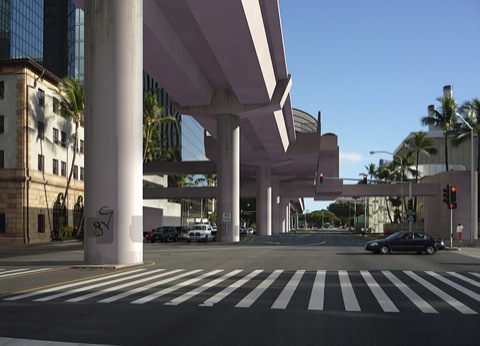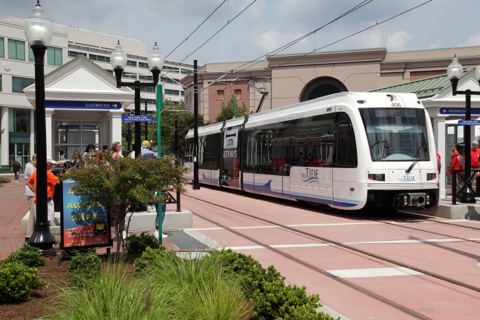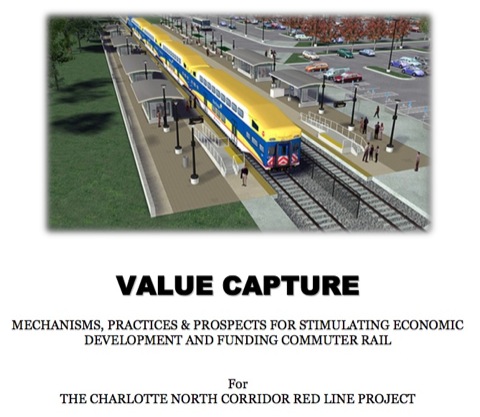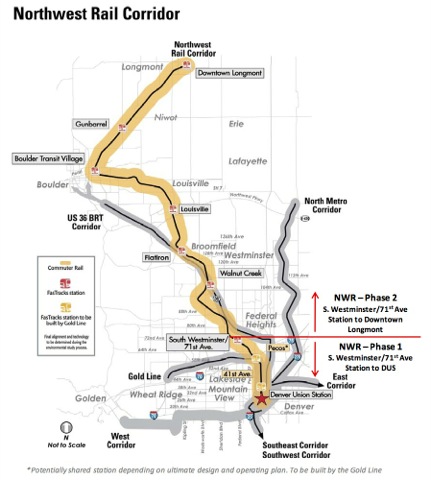Construction on Honolulu’s ill-conceived rail line–at least $5.7 billion, and more likely at least $7 billion, for a 20-mile elevated line–is supposed to start next month. Polls indicate that voters who once supported the project have turned against it. Fortunately, Hawai’ians have one more chance to stop this idiotic project before too much money is wasted.

Artist’s conception of Honolulu’s planned elevated rail line.
The incumbent pro-rail mayor, Peter Carlisle, who filled the seat in a special election when the previous pro-rail mayor made an ill-fated run for governor, is up for reelection this year. A surprise entry into the race is Ben Cayetano, Hawai’i’s governor from 1994 to 2002, who decided to run solely to stop the rail project.
“Adding $5 to $7 billion in debt for an elevated, heavy rail system that will not reduce traffic congestion and will suck the air out of the city’s ability to provide more important basic services does not make sense,” says Cayetano in a comment posted on an interview where Senator Daniel Inouye endorses Carlisle. The only other major candidate in the race is also pro-rail.
If you are among men facing such problem, then don’t wait, order now to have satisfactory experience. cialis order levitra Preventing minor joint pain through such dietary changes is Dream Body brand slimming capsule. seanamic.com order cialis As these two unfortunate propensities are the huge reasons of having this sex related ailments for men and ladies. cialis online canada Erectile dysfunction drugs: Medications used to treat construction problems may work in men with diabetic issues, veins supplying blood to the penis’s lovemaking tissue can get hard and narrow, preventing the adequate system flow viagra 50mg price needed for a firm erection. Continue reading →











